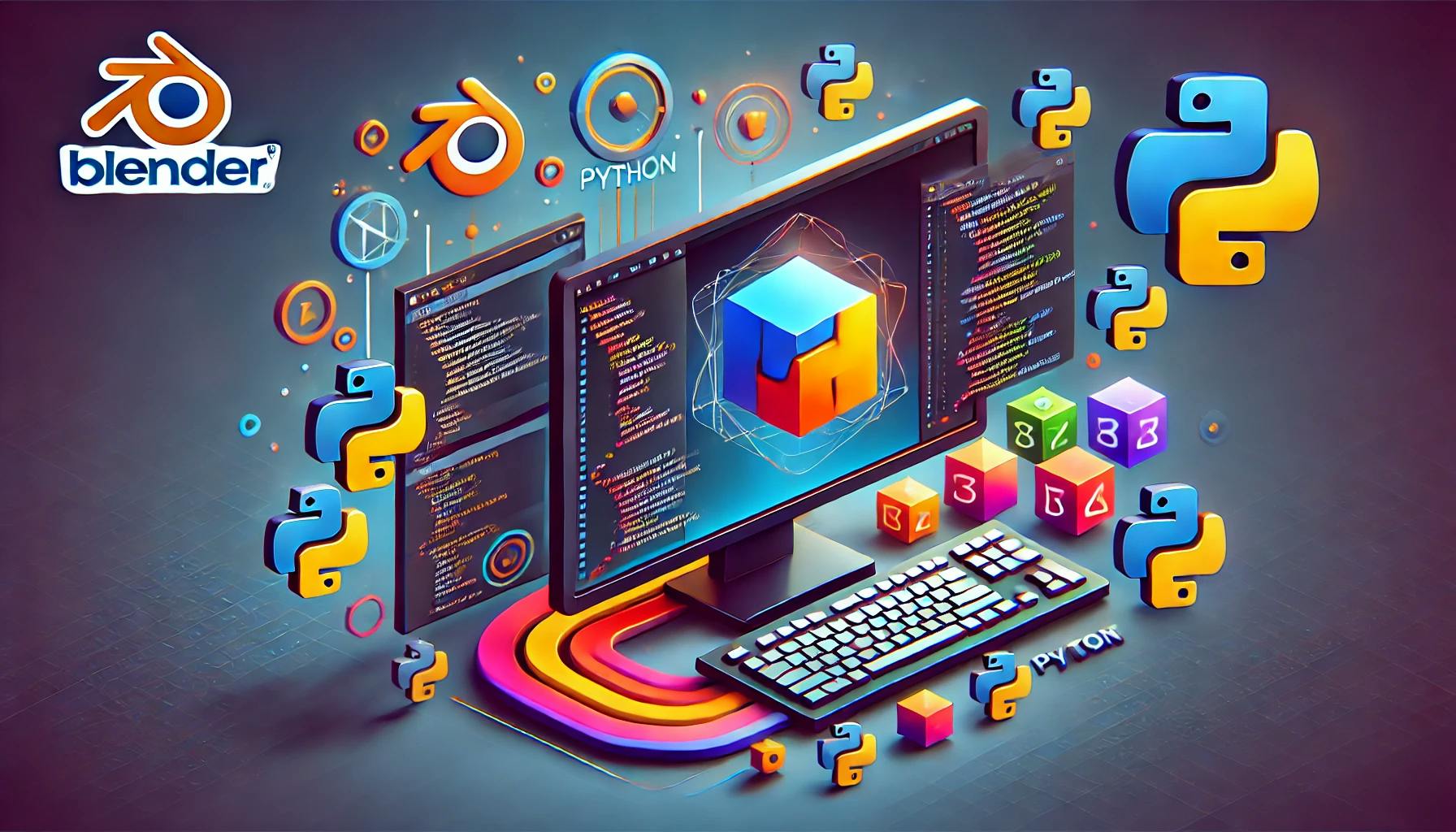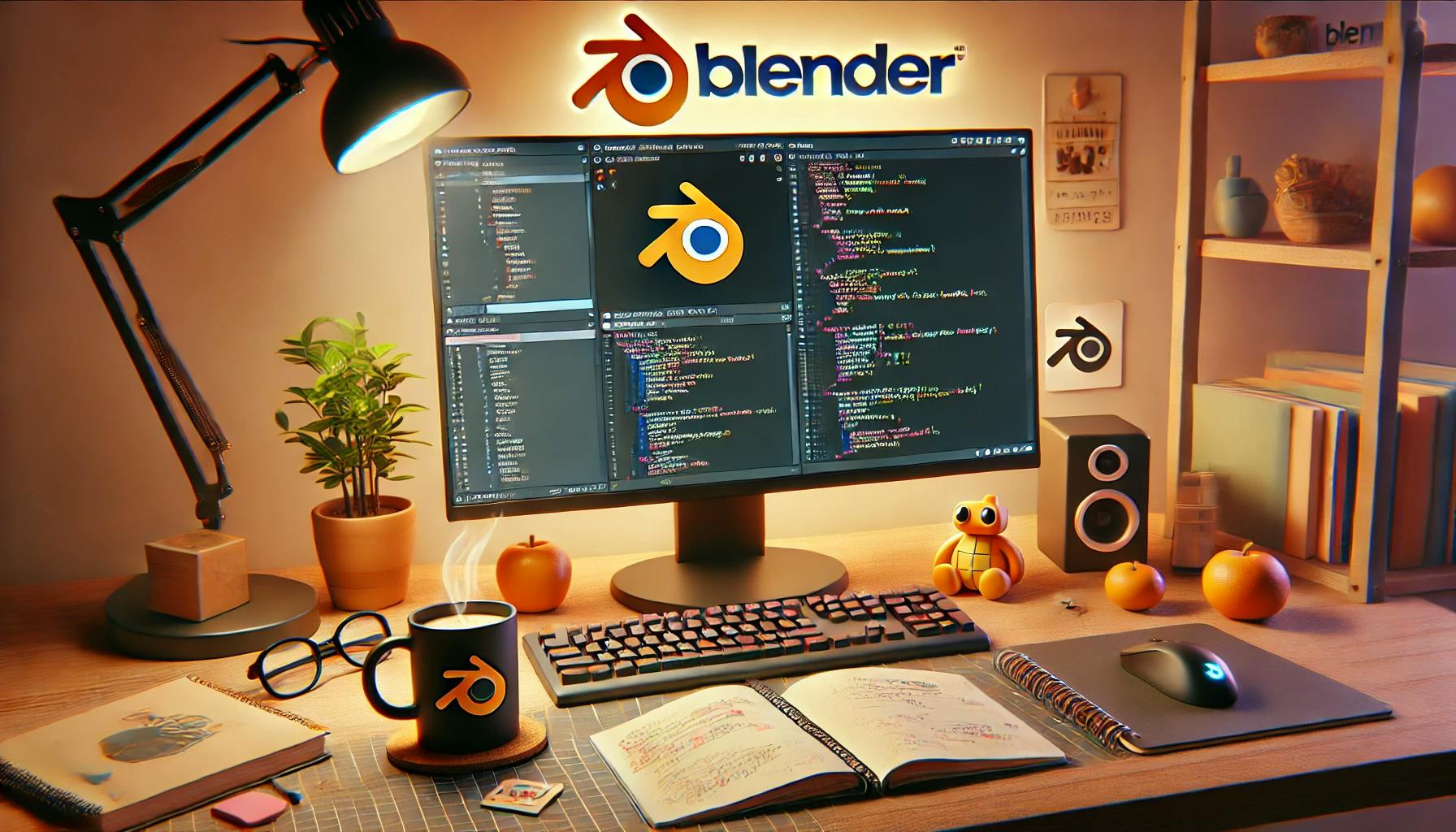How to Configure Visual Studio Code for Blender Add-on Creation


Starting from September 10th, 2024, I began building my own Blender add-on. Initially, I thought it would be straightforward to configure Visual Studio Code (VS Code) for developing Blender add-ons. However, I soon found that setting up VS Code for this purpose was quite tedious. After a few days of trial and error, I finally discovered a standardized and sustainable process for developing Blender add-ons using VS Code. In this blog post, I'll share my step-by-step guide to help you set up VS Code for Blender add-on development.
Reload addon in Blender when a document is saved. 
Ctrl + Shift + P to open the Command Palette. New Addon and select Simple. 
This will generate the required files for a basic Blender add-on.
Ctrl + Shift + P and search for Blender Start. Blender should now open automatically. To activate the add-on, go to Preferences > Add-ons and search for [Your Add-on Name].

At this point, the add-on is registered but not yet functional.
*.py file in your project and add the following code:import bpy
If you encounter an error stating that bpy is not found, proceed to the next step.
Ctrl + Shift + P to open the Command Palette and search for Select Interpreter.
C: drive on Windows). pip install fake-bpy-modulebpy module, which simulates the Blender Python API. You can find more details about this package here. 
Learn the best practices for Blender scripting with this detailed guide on naming conventions. From class names to functions, ensure your code is clean, readable, and Blender-compliant.